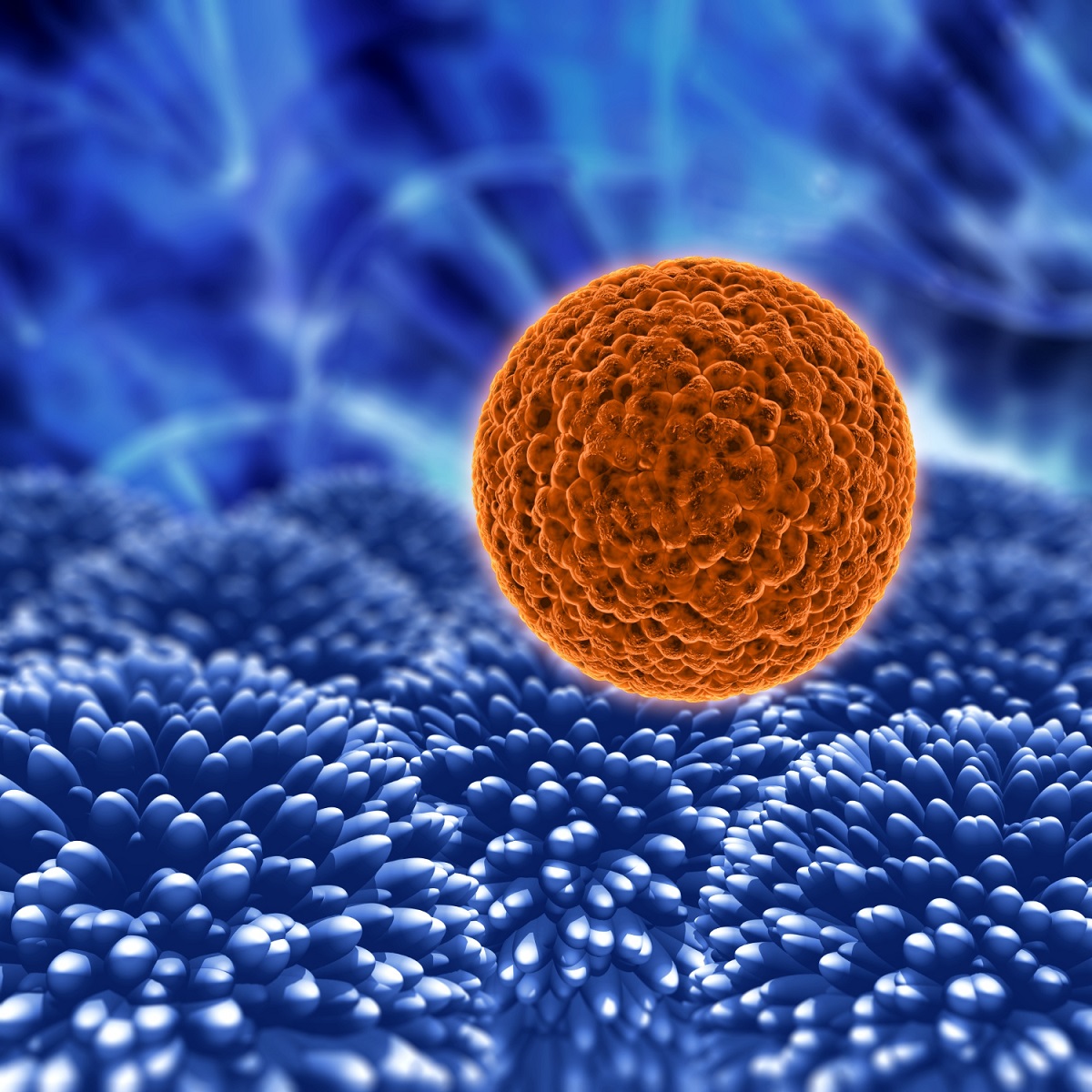KEY TAKEAWAYS
- The phase 2 trial aimed to investigate the impact of LC treatment on individual bone glucose metabolism and its network integration, correlating with disease progression and outcomes.
- Researchers noticed that chemotherapy reduced lung SUV peak, and homogenized bone metabolic profiles, correlating initial profiles with survival.
Recent advancements underscore the significance of understanding the skeletal system’s involvement in regulating glucose homeostasis.
R. Ronghe and the team aimed to delve into individual bone glucose metabolism in patients with pre- and post-treatment lung cancer (LC), examining its integration into a network and its associations with disease progression and outcomes.
They performed an inclusive analysis utilizing data from the ACRIN 6668 study, sourced from the Cancer Imaging Archive, focusing on 34 out of 242 stage IIIB non-small cell lung cancer (NSCLC) patients. Dynamic whole-body 18F-FDG PET/CT scans were examined pre- and post-treatment to evaluate bone glucose metabolism.
The image analysis and processing were conducted using PMOD software, with bone volumes of interest segmented in CT images based on Hounsfield Unit (HU) > 300, and average HU values were extracted. Corrected PET images facilitated the extraction of average standard uptake values (SUV). Finally, network analysis was executed to comprehensively assess the data.
About the results, in post-treatment patients, lung SUV peak decreased significantly compared to pre-treatment patients. SUV and HU varied significantly between individual bones within each group. Significant differences were observed in the sternum (lower SUV) post-treatment when comparing groups (Two-way ANOVA, P<0.05). PET and CT pre-treatment networks exhibited three distinct clusters (P=0.0003).
Post-treatment networks displayed 3 less distinct clusters (P=0.77). Significant differences in life expectancy between clusters in the PET pre-treatment network were noted, with higher life expectancy in clusters 2 and 3 compared to cluster 1. However, this effect was not observed in PET post-treatment clusters.
The study concluded that lung SUV peak significantly decreased after chemotherapy, indicating reduced glucose uptake at the primary tumor site. Network analysis revealed a shift in bone metabolic profiles post-treatment, with a homogenizing effect on PET networks. Variations in life expectancy between pre-treatment clusters suggested a correlation between specific initial bone metabolic profiles and survival time.
This innovative technique of analyzing glucose metabolism through network analysis holds promise as a clinical tool for predicting prognosis and guiding management in LC patients.
The trial was sponsored by the American College of Radiology Imaging Network.
Clinical Trial: https://clinicaltrials.gov/study/NCT00083083
Ronghe R., Tavares A., Wimberley C., et al. (2024). “Whole-body PET imaging to study bone metabolism in pre- and post-treatment lung cancer patients. “Presented at ELCC 2024 (Abstract 130P).



